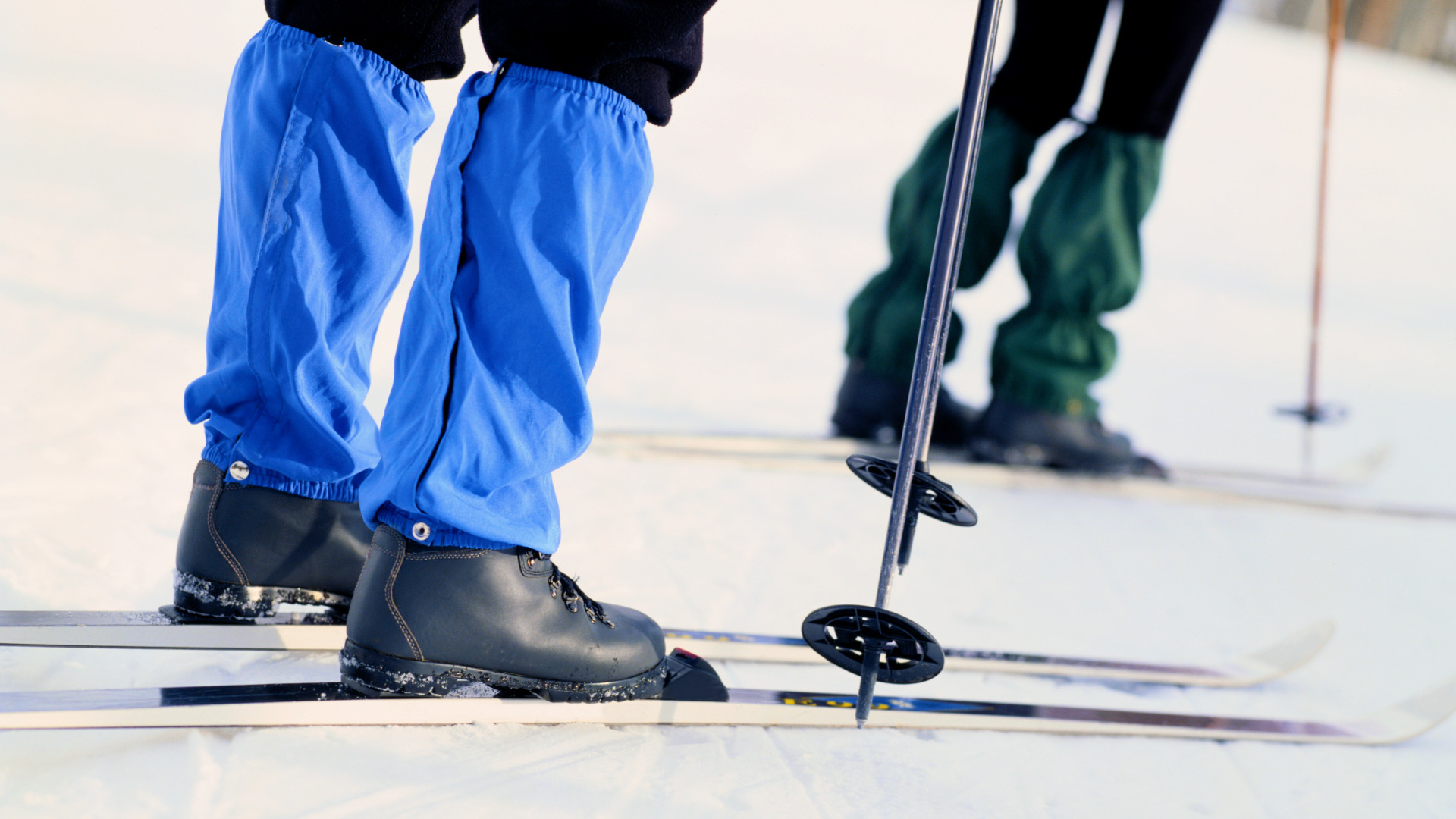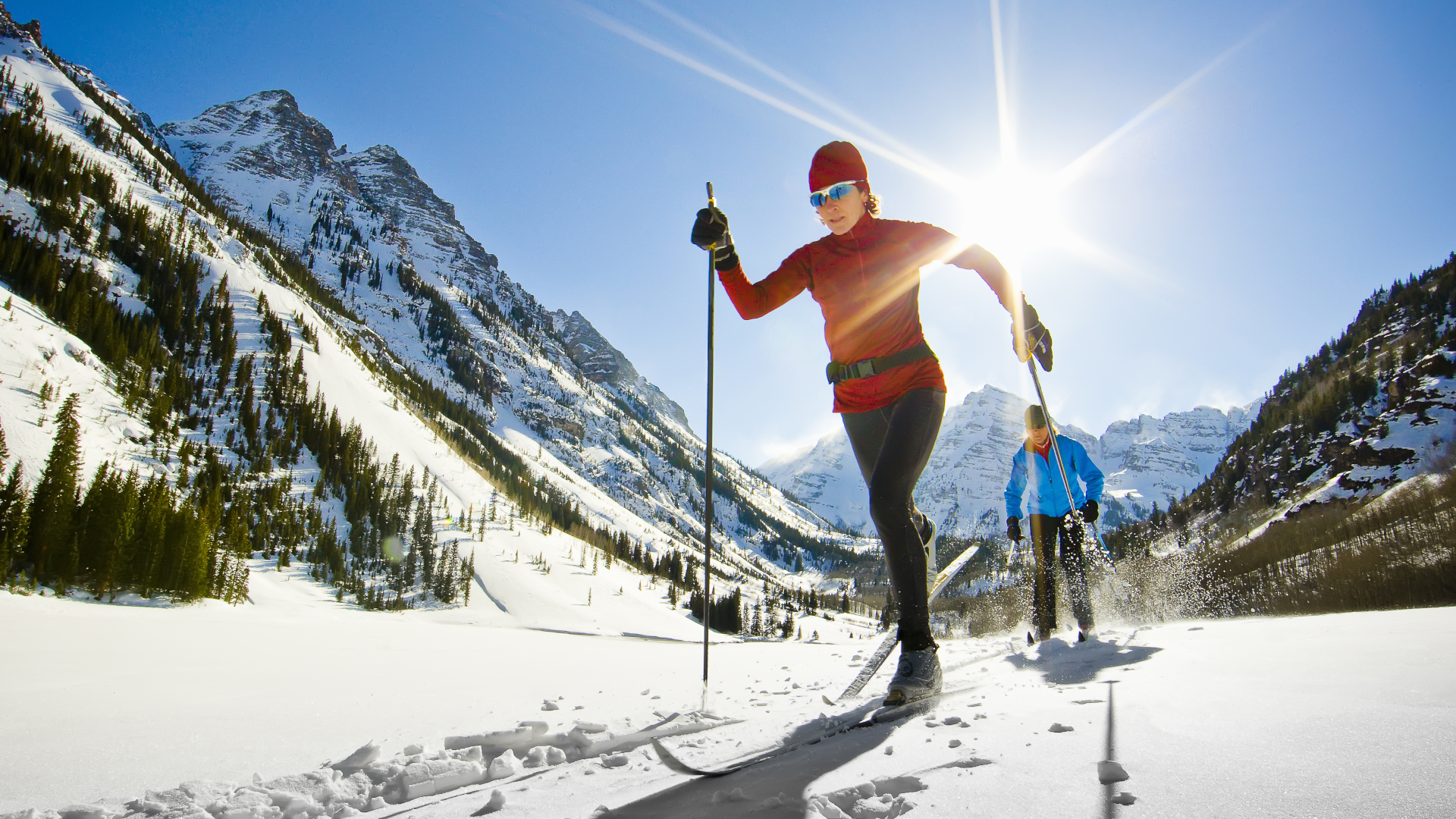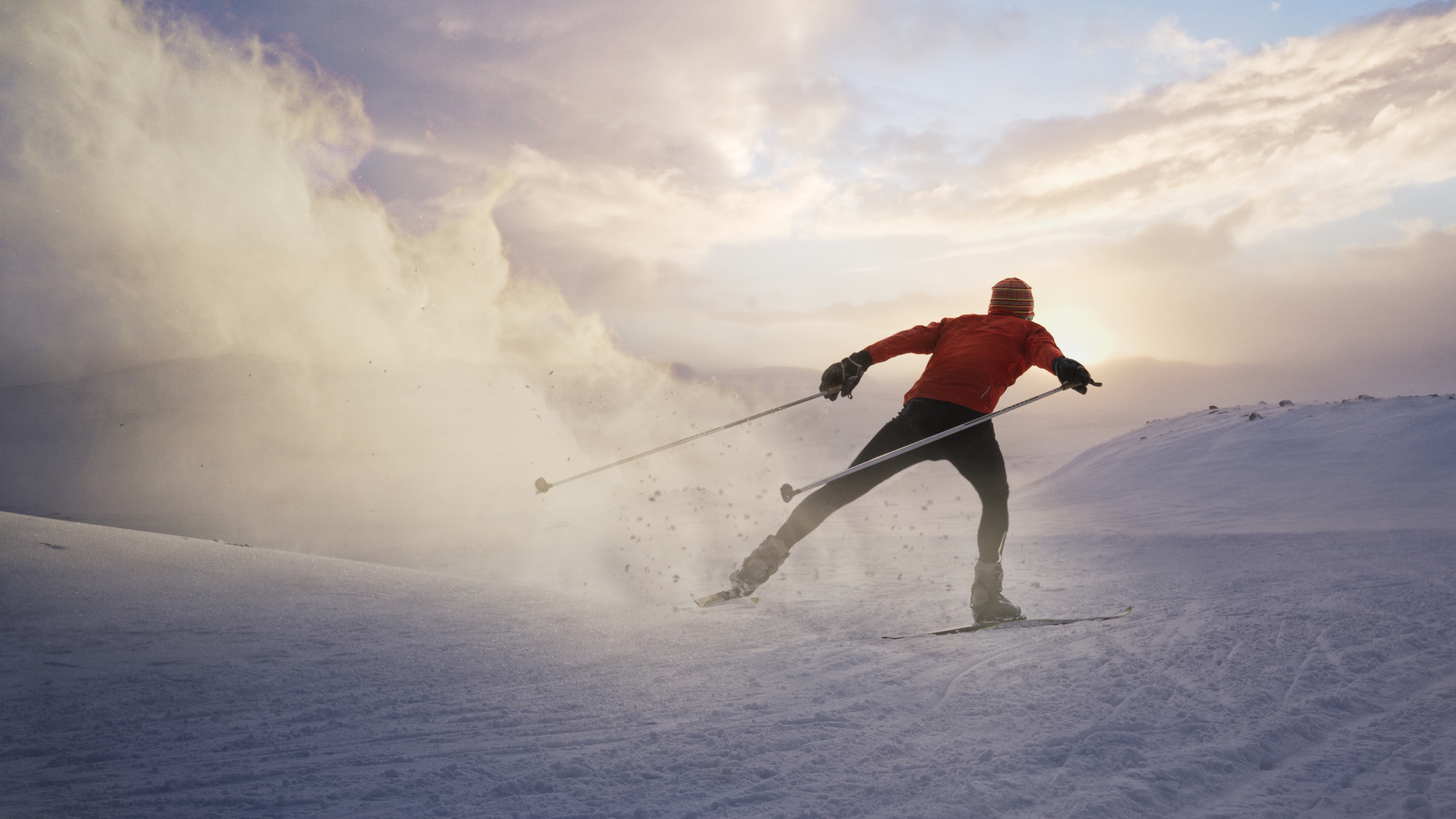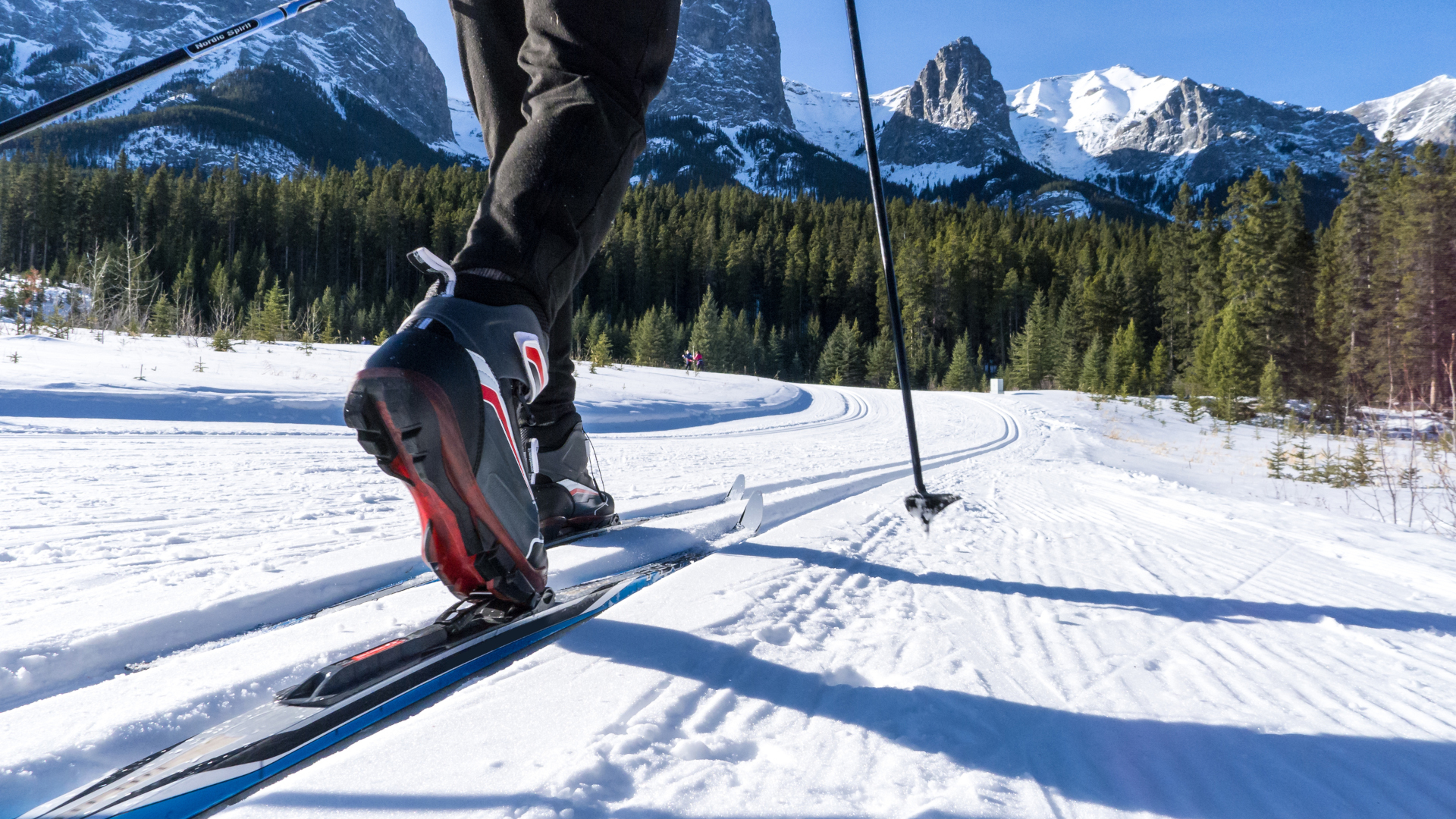Types of cross country ski boots: what’s the difference?
The four different types of cross country ski boots correspond to different styles of cross country skiing and all fit and perform differently to support your needs

Getting ready for cross country skiing this winter? There are four types of cross country ski boots you need to know about to make sure you buy the right pair for the type of cross country skiing technique you want to do.
If you’re in the market for a cross country ski set up, you need to know what type of cross country skiing you’ll be doing: classic technique on a groomed track, Nordic backcountry, skate skiing or a combination?

The four different types of cross country ski boots correspond to different styles of cross country skiing and all fit and perform differently to support the movements you’ll be doing and according to the type of snow you’ll be on, so you can enjoy all of the amazing benefits of cross country skiing without the discomfort of the wrong pair of boots.
Classic cross country ski boots
In classic cross country skiing, you slide one ski forward and then the other, so classic cross country ski boots are a bit softer and provide the flexibility you need to lift your heel as you slide your foot forward and allows the other foot remaining behind you to flex too. These boots are therefore generally a bit wider and more comfortable than some other types of ski boot. These boots are best if you plan to do classic skiing on a groomed track.

Nordic backcountry ski boots
There’s another type of classic cross country skiing and that’s backcountry skiing, where you get off the groomed tracks and into deeper, untouched snow. Because you’ll be sinking deeper into the snow, you’ll want more protection for your feet, both from the cold and the wet. Nordic backcountry ski boots therefore are a bit like a winter hiking boot – they have more insulation and may have a gaiter to keep the snow out of your boot, and they are also a bit tougher to withstand the elements. However, despite their durability they are still quite comfortable so if you plan to get off the track, you’ll want to invest in a pair meant for backcountry.

Skate skiing boots
Skate skiing is by far the most dynamic cross country skiing technique and in order to really get the leverage to push off with each foot, you want a firm, lightweight boot. Skate skiing boots therefore are rigid and allow for less movement of your foot and ankle than classic boots. Remember, you’ll want this to skate so don't opt for comfort over performance with the wrong type of boot. If you’re just starting out, skate skiing boots with plastic in the cuffs are cheaper, and if you’re looking to upgrade or spend more, boots with carbon cuffs are lighter, higher performing and more durable.

Combi Nordic ski boots
Lots of people don’t want to get boxed in to just one type of cross country skiing, and for you there’s the Combi boot. These boots work for both classic and skate skiing with enough give to allow your foot to flex and cuff support for skating. These are a great choice if you intend to be mixing things up a lot, but naturally a dedicated boot is best if you really want to work on your technique in one particular style.
All the latest inspiration, tips and guides to help you plan your next Advnture!

Next steps
Once you've decided what style of cross country skiing you need boots for, you should read our article on the different types of cross country ski bindings. Not all cross country ski boots work with all types of bindings, so you’ll want to double check yours are compatible.
Next up, read our articles on what to wear for cross country skiing and how to choose the right length of cross country skis to make sure you’re armed with all the information you need to make good choices when gearing up for the outdoors.
Julia Clarke is a staff writer for Advnture.com and the author of the book Restorative Yoga for Beginners. She loves to explore mountains on foot, bike, skis and belay and then recover on the the yoga mat. Julia graduated with a degree in journalism in 2004 and spent eight years working as a radio presenter in Kansas City, Vermont, Boston and New York City before discovering the joys of the Rocky Mountains. She then detoured west to Colorado and enjoyed 11 years teaching yoga in Vail before returning to her hometown of Glasgow, Scotland in 2020 to focus on family and writing.

